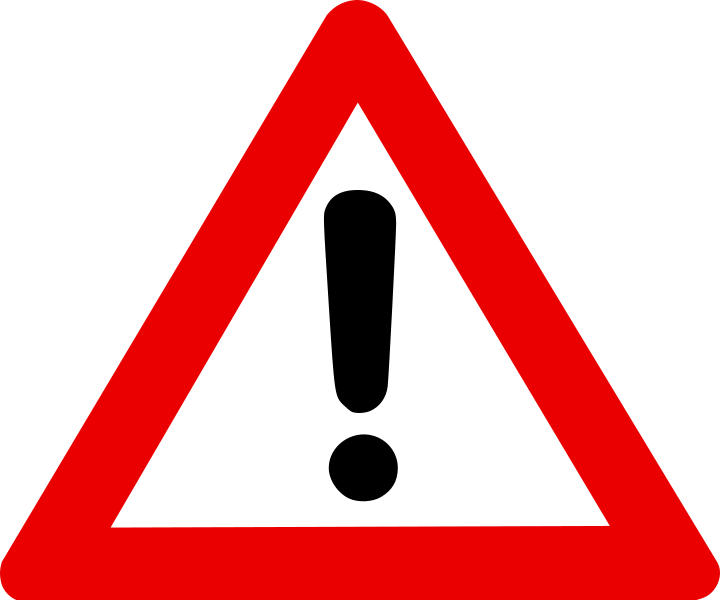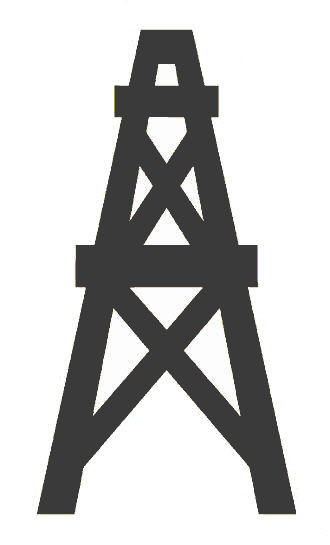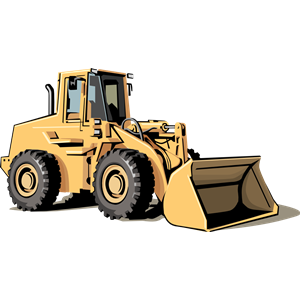Title Page
-
District
- Leduc
- Grande Prairie
- Appalachian
- North Dakota
- Rockies
- Midland
- Rio Vista
-
Asset Number
-
Type of Pump
-
Conducted on
-
Client
-
Rig/Job
-
Location
Poly Pump Service
-
The poly pump service should be complete after the dewatering section is complete. This could be daily on ES jobs or weekly or monthly on Oil and Gas jobs depending when you finish using the Poly Pumps.
-
1. Perform all pre-job paper work including JRAs, Hazard IDs, LO/TO permits.
-
2. Ensure all tools and equipment needed to perform this job are fully functional and free of non-superficial damage.
-
3. Perform LO/TO procedure including filling out paper work in I-Auditor on poly pump to be serviced by applying a lock to the appropriate lock out point or breaker.
-
4. Close valves coming from the poly tank prior to servicing. Vent all pressure within the pump through the suction or discharge lines
-
5. Remove the 5 bolts (8 mm x 20) holding the cover on. Using a punch and a hammer gently tap the notch on top right of cover to allow it to unseize and remove cover. Applying a lubricant will help. If prying off the cover, be careful not to damage gaskets.
-
6. Using your prybar to try and turn inside rotor and continue to step 7. If seized, swap out pump for servicing in the shop.
-
7. Remove idler assembly from idler pin and clean both idler and idler pin, preferably with emery cloth. Soak with WD-40 or other lubricating oil. Put idler back on idler pin and check to make sure the idler spins but does not wiggle. Replace idler if bushing is worn. Worn idler assembly can be used to make poly pump tool
-
Please Insert Photo of Step 7
-
8. Remove pump from motor assembly, once pump is removed remove the rotor and inspect the standard buna seal. Remove seal from rotor and lubricate to ensure spring and seal move freely on rotor. Reassemble rotor and seal. If applying a new mechanical seal use rubber gloves as oils from skin can contaminate the seal.
-
9. Please insert Photo of step 8
-
1. Check gaskets to ensure they are not completely damaged (torn in half, etc.) and replace any that are. This is done by the following steps: 2. Remove end assembly by unscrewing the large nut. (#19) 3. Remove spring. (#16) 4. Remove poppet (#15) by sticking a screwdriver or small chisel into the opening on top of housing, and push one of the poppet legs to release it. 5. Ensure all parts are cleaned and lubricated. 6. Reassemble using anti-seize on the poppet and poppet seat. 7. Put cover back onto pump by lining the cover with the notch on the pump. Put bolts back in cover and tighten bolt up hand tight then snug bolts with ¼ turn with 12 mm wrench. Repeat for all 5 bolts skipping very other bolt (1, 3, 5, 2, 4) to allow even tightening.
-
10. Inspect drain valves on the bottom of the pump for any missing/damaged pieces. If missing replace part(s) (1/8” closed nipple – 1/8” x 1/4” bushing – ¼” ball valve).
-
11. Re-install hoses with double securement, remove LO/TO from pump and turn pump on to test functionality. If working move to step 13. If pump not running loosen off bolts on cover until unit starts running, go to step 12. If all bolts are removed and poly pump still not running motor might be bad go to next step.
-
12. Reinstall LO/TO and verify unit is safe to service. Remove pressure relief valve by taking out the 4 bolts and lifting off unit from pump to expose 3rd push bolt. Remove the 4 bolts holding poly pump onto motor using 9/16” wrench, use those bolts in the push bolt holes (push bolt holes located right above bottom 2 motor mounting holes.
-
When using a push bolt put a washer or some kind of metal between pump and motor when possible to prevent it from being pushed into motor. Thicker metal will help to remove pump from motor
-
13. If key stock is in motor groove, then remove key stock before testing Remove LO/TO and turn on motor to test if motor works. Check for leaks between motor and pump. If motor works but the pump is seizing add more spacers. If adding spacers does not work, motor may need replacing.
-
14. Reinstall LO/TO and remove cover. Add additional gaskets and repeat steps 7 and 9.
-
15. Run pump at low speed and pour 1/8 of a cup of gear oil or other lubricant into pump. Run for a couple of minutes so all components become well oiled. Verify suction is on the same side the relief valve is facing. If rotation is backwards apply LO/TO and change black and white wire in motor junction box (refer to SOP BOS-007 Electrical Repair). On upgraded BOS tanks rotation can be changed in the lock screen settings>
-
If oil or water leaks from behind of unit then unit will have to be brought to shop to replace mechanical seal. Remove pump (step 10) and replace poly pump
-
16. Clean up work area, reinstall hoses, inspect and put all tools away, fill out all appropriate documentation and inform site supervisor that the work is completed.
-
Reminder that the Pump uses fluid to self lubricate, DO NOT RUN with no fluid running through the pump. If no fluid is running, shut pump off, service pump, and return to off and ready state.
Final inspection
Notification of completion of service
-
Complete all necessary paperwork
-
Notify Supervisor
-
Sign Name
















